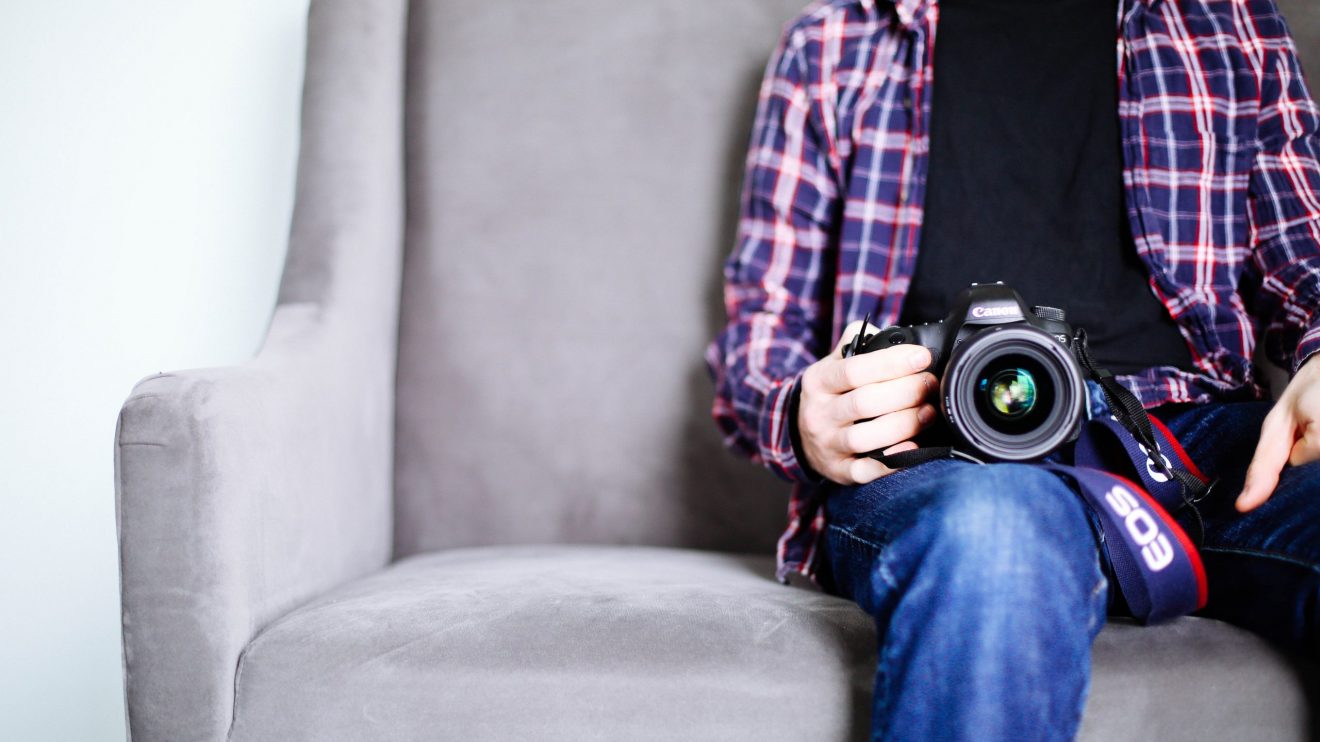 Being a media spokesperson is never an easy task. Among the many roles that you didn’t sign up for when you started your own business, it can be one the toughest. As female entrepreneurs, the qualities that serve us well in other areas of our business and our lives can be used against us in a tough media interview.
Being a media spokesperson is never an easy task. Among the many roles that you didn’t sign up for when you started your own business, it can be one the toughest. As female entrepreneurs, the qualities that serve us well in other areas of our business and our lives can be used against us in a tough media interview.
Here are four tips that will help you improve your next interview:
- Become more comfortable with pauses.
As women, we have a tendency to want to fill uncomfortable silences with chatter. According to an often-questioned statistic in Louann Brizendine’s book, The Female Brain, women use an average of 20,000 words per day. Juxtapose that with the Brizendine’s assertion that men use 7,000 words per day.
When giving an interview to a reporter, this chattiness can be your Achilles heel. Pauses can give you time to think and time to move on from the stressful emotions raised by a given question. If necessary to avoid a pregnant pause, ask the reporter to put the question in context. Pauses between sentences and speaking more slowly can help you to compose your thoughts.
Once you become comfortable with pauses, you’ll not only stop sticking your foot in your mouth, you will also start being able to use them for dramatic effect.
- Use emotions to your advantage, and don’t be lured into having them used to your disadvantage.
According to Psychology Today, women are better at emotional empathy than men are. When called upon to be a media spokesperson, this can be a tremendous advantage. In a crisis situation, it is important to be able to acknowledge the emotions that the public or particular individuals or stakeholders are feeling (those feelings may range from “disappointed” to “betrayed”, depending on the nature of the crisis), and, in many cases, it is important to be able to acknowledge those emotions appropriately.
In the same article, however, it was reported that men are better at moving on from an emotional disturbance to find a solution; whereas, women dwell on the emotion. When a reporter pursues a line of questioning intended to rattle the interviewee, it is hard for anyone to move on from their sense of annoyance or panic. It is important not to dwell on the emotion, but, instead, to answer the question in a manner that will make neither you nor your company look bad. To do so, buy yourself some time by speaking more slowly or, if appropriate, asking the report to explain the context of the question.
- Don’t feel the need to be overly chummy.
A client of mine has shared a theory with me that women have a special way of communicating that bonds us to other people and, in particular, other women, more quickly and naturally. I’m not sure if that’s true, but it certainly made me nervous when we started booking interviews for her. Regardless of this highly unscientific theory, we do have, for better or for worse, the gift of the gab. It can be a huge asset when meeting a potential client for the first time—that ability to chat in an easy, friendly way—but, going back to my first point, it can be very detrimental in media interviews.
This is an especially common trap for interviews conducted with a print reporter. When we’re on camera or on the radio, we’re on guard—we know it can all be used later. Somehow, it is easy to forget that anything said in an interview with a print reporter can be used later. It is important to remember that the reporter is not a girlfriend you’re sharing a glass of wine with and that anything you say can be used later, no matter how trivial it is. In fact, the likelihood that the casual, seemingly unimportant question will be used is pretty high. Answer every question as though it is going to be quoted, and, of course, don’t make the rookie mistake of saying something “off-the-record”—if you don’t want it shared, why say it in the first place?
- Don’t allow your desire to be polite or a people-pleaser override your need to protect your image.
Our mothers raised us to be polite and be mindful of other people’s feelings. We were taught by the noble example of mothers who tried to do it all and be everything to everyone—from their coworkers to their family to the non-profits they volunteered for to their friends—that we should please people as much as we can—and, if you come from my generation and used your mother’s women’s magazines to make collages for art class, you may remember the popularity of articles advocating that women learn the delicate art of saying “no” to demands from all of these parties. Unfortunately, these wonderful qualities that our mothers instilled in us can make protecting our image—or the image of our company—difficult in media interviews.
While you shouldn’t say “no” to reporters, women who find themselves thrust in the media spotlight should learn the delicate arts of commenting without commenting, bridging, and blocking. Of course, we can empathize with a reporter’s need to do their job, and it may feel impolite to change the subject, but, when you’re asked an uncomfortable question, it’s possible to answer the question without providing and answer that you do not want to give. Depending on your situation, try giving a legitimate reason why you can’t answer the question (for example, the facts are not known or privacy laws prohibit you from answering), followed by a statement that starts with “I will say that…” or “Before we move on, I will say that…”
At the end of the day, you should be yourself, as much as possible. While the media training process might lead you to believe that you should be another version of yourself entirely, you should simply be a more prepared, careful, and engaging version of yourself. If nothing else, by being your likeable self, the reporter may put a more positive slant on the—there’s not a better way to say it—stupid things you said.
 Brittany Walters-Bearden is CEO and a public relations specialist at At Large PR. She specializes in personal branding PR for entrepreneurs and non-fiction authors.
Brittany Walters-Bearden is CEO and a public relations specialist at At Large PR. She specializes in personal branding PR for entrepreneurs and non-fiction authors.






[…] Walters-Bearden’s guest piece in Lioness Magazine. backup iphone to […]